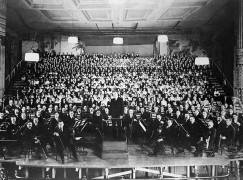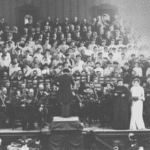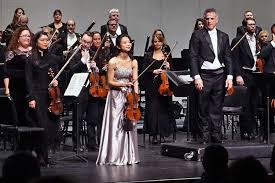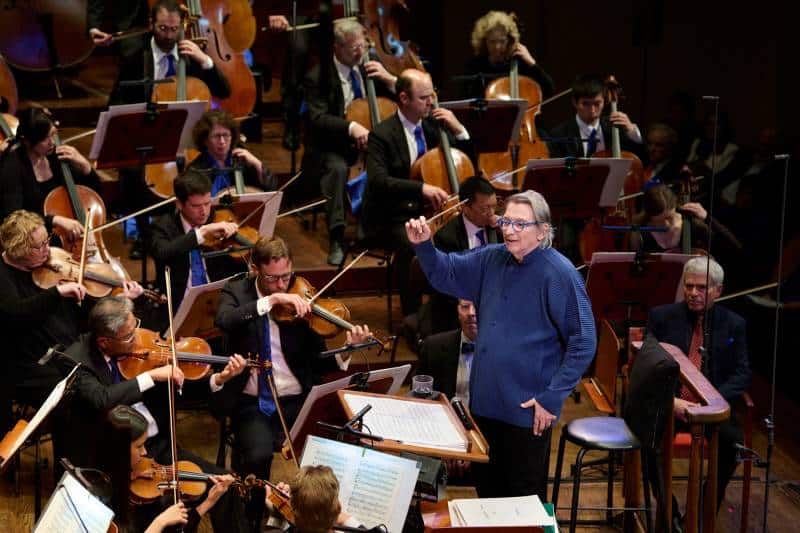Review: London rises to Mahler’s Beethoven remix
OrchestrasAt the Royal Festival Hall last night, Vasily Petrenko conducted the Royal Philharmonic Orchestra in Mahler’s controversial reinstrumentation of Beethoven’s ninth symphony.
Tony Sanderson was there for Slipped Disc:
Freude! Beethoven Nine – the Mahler Remix
Vasily Petrenko explained in a short address to the audience before the start of the performance of the symphony that Beethoven’s Ninth had pushed symphonic music to the boundaries of what was possible. Mahler added a tuba, a second timpanist; he doubled the number of French horns and thickened the scoring of woodwind and strings to accentuate climaxes; he also added counter-melodies and made deletions.
Not surprisingly, the Vienna premiere of Mahler’s reworking was called a forgery. However, there were no such qualms last night in London’s Royal Festival. The audience stood as one in their approval the end of the performance. Mahler certainly achieved what he had set out to, the climaxes were more stirring than ever, the energy given by the second timpanist helped the sense of dramatic propulsion in the first movement and the finale had extra impact with a the crescendos that brought the house down but the excellent Bach Choir rise majestically over the orchestra.
Tenor Nicky Spence and bass-baritone Matthew Brook gave facial expressions of joy that matched the music. Vasily Petrenko conducted with real drive and energy. I have never seen someone’s arms move so fast as in the final coda. The serene third movement was played beautifully but never lingered. Well Vasily, go on and take this on tour.
Sir Andrew Davis was scheduled to direct the performance, but was too ill to appear. He had devised a first half, which included the overture to Fidelio and four Des Knaben Wunderhorn songs. Each singer sang one song in turn, and it was striking to hear Mahler’s delicate orchestrations again. I would single out Matthew Brook’s rendition of St. Anthony of Padua’s Sermon to the Fish, which suitably witty expressions ending with a shrug of the shoulders on remarking that none of the fishes’ behaviour had changed as a result of the sermon.
pictured: Mahler conducting Beethoven 9th in Strasbourg.







Comments